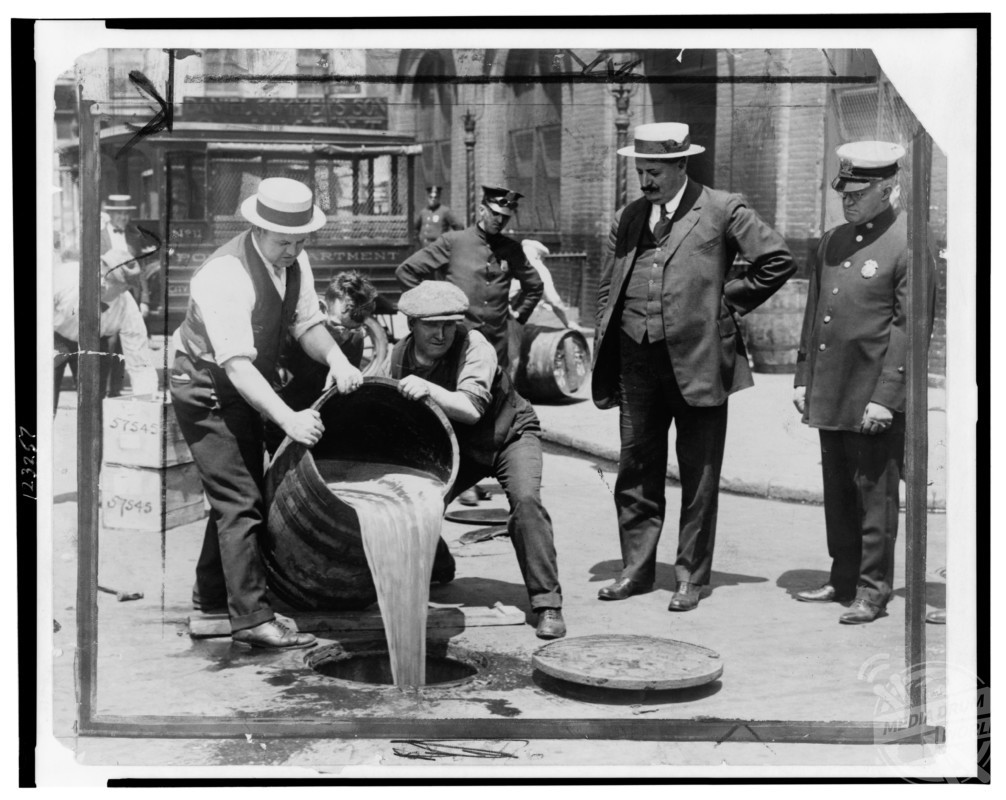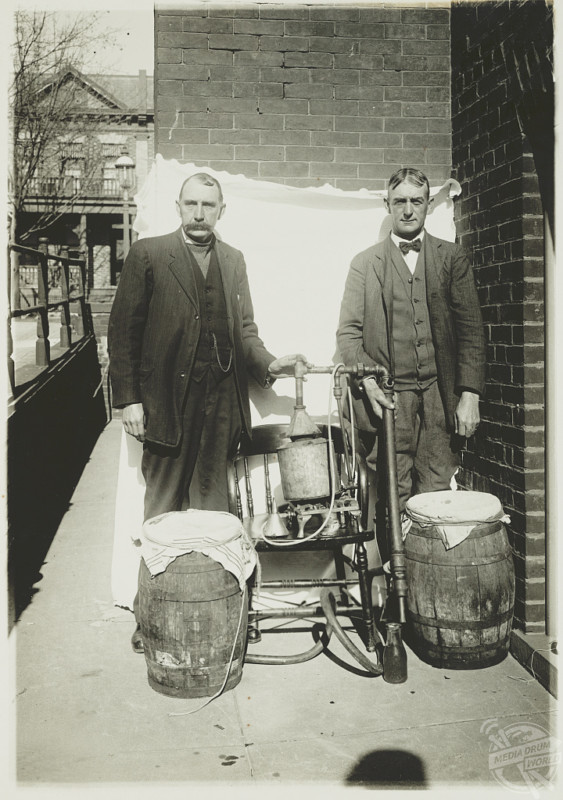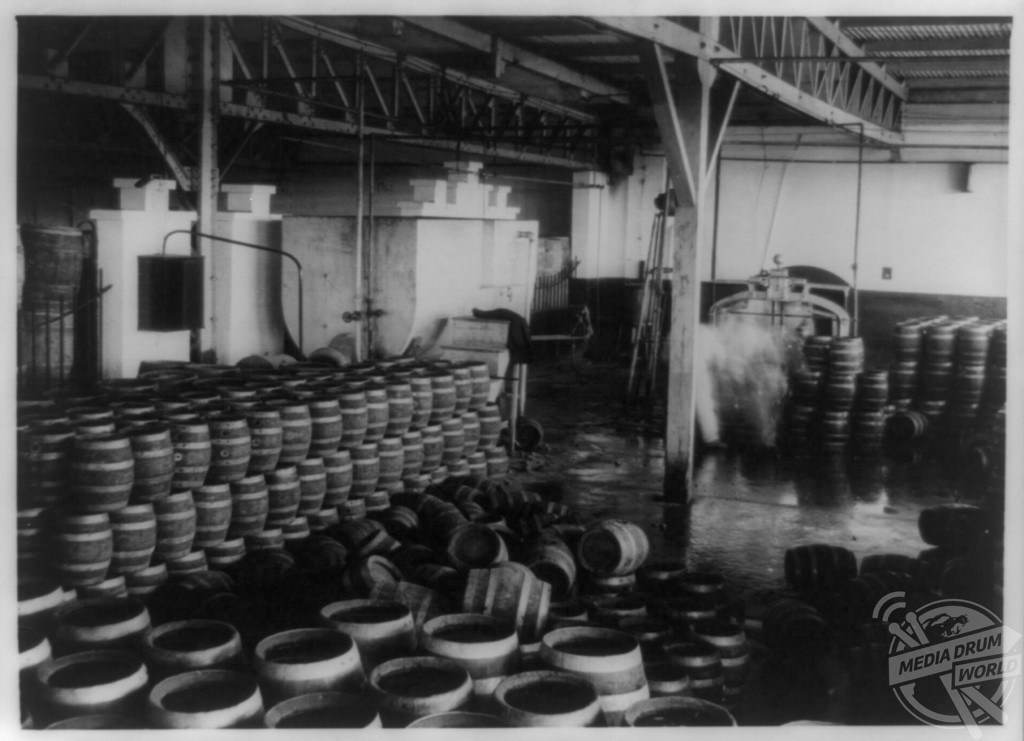By Tom Dare
IT’S A SIGHT that will have alcohol lovers across the country letting out a small whimper – as hundreds of gallons of beer is poured out of barrels and down the drain during America’s infamous prohibition era.
The video, taken in an illegal brewery during the 1920s, shows U.S. Federal agents using axes to smash open wooden barrels full of beer, much to the dismay of the majority of the American population at the time.

The clip then sees the agents pouring any and all liquid they can get their hands on down the drain, as American law enforcement continued their never-ending fight to rid the streets of alcohol.
Footage has resurfaced today, on the anniversary of the passing of the Blaine Act in the United States Congress in 1933. The Blaine Act was the first step in repealing the 18th amendment to the United States constitution, which had made the purchase and sale of alcohol illegal across the country in 1920. Prohibition was officially repealed in December of the same year with the 21st amendment to the constitution.

During this time there was a meteoric rise in organised crime, with notorious gangsters from Lucky Luciano to Al Capone fighting to control the illegal supply of alcohol to the American population. Oddly, it was not illegal to possess or even drink alcohol, but securing some became increasingly difficult. This lead to a huge rise in illegal bars and clubs, known as speakeasies, across the country.
A team of federal agents, 1,500 in 1920, was assigned to the seizure and destruction of any liquor or alcohol after the law was passed.

However, in the long run this proved to be far too few, and what was more the agents were often paid very little for their services, making it far easier for bootleggers and gangsters to bribe them. It is estimated that during prohibition $2,000 million worth of business was transferred from bars and the brewing industry to gangsters and organised crime.
“There’d never been a more advantageous time to be a criminal in America than during the 13 years of prohibition,” writes internationally renowned author Bill Bryson about the period.

“At a stroke, the American government closed down the fifth largest industry in the United States – alcohol production – and just handed it to criminals – a pretty remarkable thing to do.”

As prohibition went on longer and longer public support, which had been broadly in favour of the legislation when it was introduced following the First World War, slowly began to turn on the idea. Some states, such as Maryland, stringently fought the legislation, refusing to implement it, while others began to abandon the law as time went on. By the time prohibition was repealed in the midst of the Great Depression in 1933, very few states and major cities were still implementing the 13th amendment.






